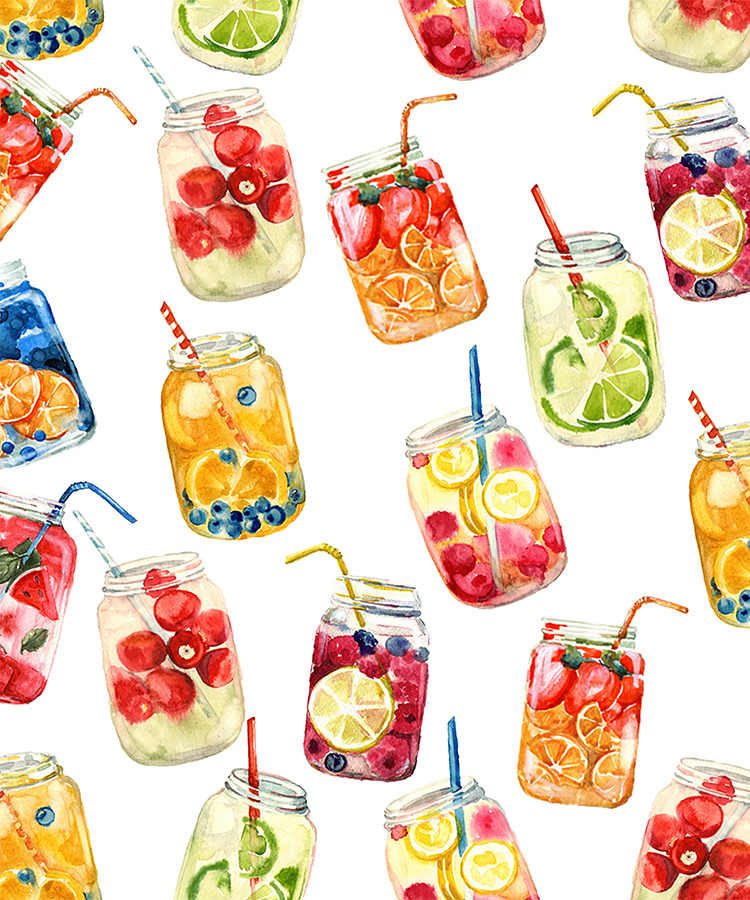
It’s hard to avoid summer sangria these days. Bubbly sangria, rosé sangria, Hennessy sangria, red, white, blue sangria — the Spanish wine punch has deviated so far from its simple origins it’s nearly unrecognizable. For years, sangrias have been gracing red and white picnic cloths and restaurants with outdoor seating. Sangria seems endlessly adaptable, vaguely Spanish, and unmoored from any set traditions. But traditional sangria goes back — way back — as wine mixed with whatever is nearby.
Early Greeks and Romans mixed their wine with sugar, spices, and whatever was on hand (sound familiar?). It was called “hippocras,” and it was sometimes heated like mulled wine. Hippocras is likely the common ancestor of both sangria and mulled wine, and was drunk everywhere because water was bacteria-filled and unsafe to drink. A touch of alcohol made the liquid drinkable, and mixing the watered-down wine gave it flavor. People who lived in modern-day Spain were doing something similar with grapevines planted by the Phoenicians around 1,100 B.C., and then with vines planted by the Romans after.
But in the 700s, the Spanish wine business, and by extension the Spanish sangria business, faltered. Islamic Moors conquered the peninsula in 711 A.D. Sangria didn’t return until the Moors’ rule ended in 1492, and with the return of wine there was the return of sangria.
Variations on house sangria — which means blood in Spanish, in reference to the red wine used — ruled in Spain. Traditionally, it’s been made with Spanish Tempranillo and other wine from Rioja with added citrus fruit. But even then, no Sangria was made the same.
In the 1700s and 1800s, a style of sangria was made in England and France using traditionally French grapes. There was also white sangria, sparkling sangria, and sangria made with peaches, which was called zurra. The drink in all its forms had flashes of popularity in the U.S. in Spanish restaurants and certain city alcoves.
The current craze for sangria in the U.S. dates back to the 1964 World’s Fair in New York City. Spain’s sponsored pavilion featured the drink, and Americans have been thirsty for sangria ever since.
Today, under European law, all sangria must be made in Spain or Portugal and have less than 12 percent alcohol by volume. The best sangria, however, is homemade. Check out VinePair’s sangria guide to find your next favorite summer drink.
